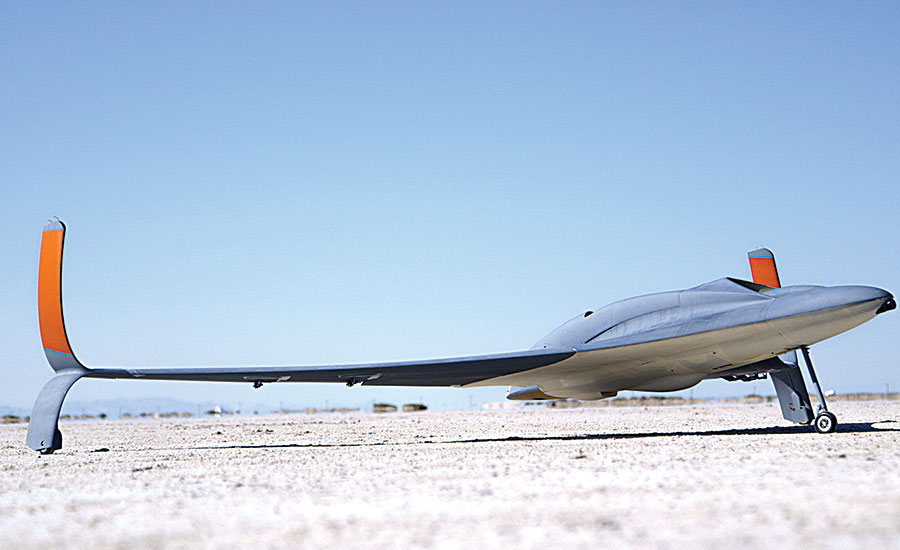Nickel alloys Additive manufacturing for aerospace components

Additive manufacturing is the major hit in the aerospace industry that transforms the way engineers develop and design engines, fuselages, landing gear and innumerable of other components.
In the upcoming time, everything from jetliners to satellites will be configured in a different manner because of 3D printed components. Therefore many aerospace companies find the creative ways to implement the technology.
Solid objects from a digital file single layer of material are deposited on the top of another, instead beginning with a piece of metal, cutting or milling it. It permits companies to easily develop complex shapes and structures that have conventionally been hard to develop. There is also low waste as compare to the conventional manufacturing methods that need prolong setup times and higher costs.
Many aerospace experts respond to the survey that claims that they are actively involved in additive manufacturing. Each part of aerospace industry invests in the technology includes manufacturers of commercial jetliner, military helicopters, rockets and satellites. The most of jet powered aerial vehicles utilize 3D-printed components. These components are printed from nickel alloy.
The functional miniature jet engine components are made with additive manufacturing technique. A nickel alloy jet engine combustor is developed through direct metal laser sintering. In future the whole component of the system from jetlines to satellites will be configured differently due to 3D printed components. Additive manufacturing allows less waste production as compare to traditional production methods.
Each part of the aerospace industry invests in the technology that includes manufacturers of commercial jetliners, military helicopters, rockets and satellites. An improved quality and processing speed, 3D printing has become a possible alternative for a wide range of applications such as flight ready production components.
Traditionally, aerospace has endeavoured to grow high and quick. Additive manufacturing ceases the potential to make components that were never made earlier when used traditional subtractive manufacturing techniques.
Another thing that increasing interest in technology is competition. Numerous things in aerospace traditionally have a greater barrier to entry because of machine and infrastructure costs. However 3D printing of Inconel 625 is a tool that permits small businesses to deal with the big bodes. By using additive manufacturing technology, the cost to develop components is decreasing, shortens build times and relives engineers to design the parts that were earlier impossible to fabricate by old methods.
3D printing allows aerospace manufacturers to control the production of components from several months to a few days or weeks.
Few experts trust that additive manufacturing decreases the average lead time for aerospace components by around 80%. This technology permits manufacturers to create scrap below 10% of costly material like titanium as compare to traditional manufacturing methods that release around 90% of waste material.
There are several factors that drive interest, companies can keep the cost under control for fastening and welding procedure and integrate designs that offer better service. The production technology has improved over the years, the trend is anticipated to increase by ten years. Space industry has become the industrial sector with the highest adoption rate.

